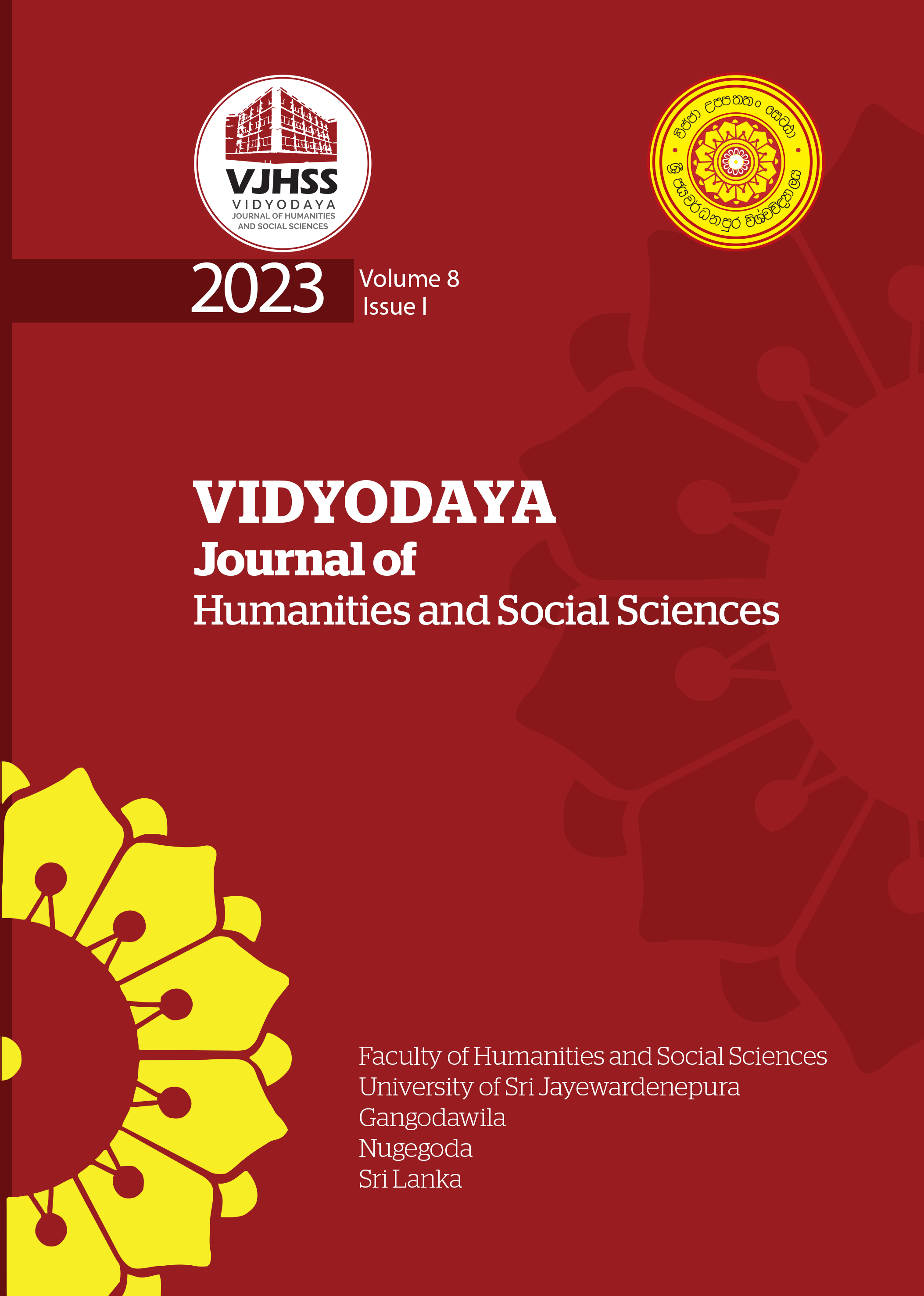Impact of Prisoner Population on the Prison Rehabilitation Process in Sri Lanka
Abstract
Prison is one of the main and important agencies which involves in the criminal justice process. Offenders who are sentenced to imprisonment are sent to this institution for rehabilitation. The main objective of the prison institution is to rehabilitate prisoners thereby helping them to understand what was wrong with their behaviors and helping them to become productive citizens in the future after releasing from prison. In order to achieve this task, the prison system should take necessary steps to conduct an effective rehabilitation process during the imprisonment period. The study was based on to study the impact of the prisoners population on the prison rehabilitation process in Sri Lanka.. The objective of the research was to identify basic rehabilitation problems caused by the prisoners population. The research was conducted in Mahara prison in the Gampaha District of the western province. The study sample included 50 prisoners out of 1500 prisoners of Mahara prison. The sample was selected using systematic sampling which is one of the probability sampling methods used. And also prison officers were selected under the same sample. The data obtained from the research have been extensively analyzed quantitatively and qualitatively. The finding reveals that the physical and human resources in prisons are limited compared to the increasing number of prisoners, referrals from prisoners to vocational sectors have decreased, and 66% of prisoners have health problems. Meanwhile, there are sexually transmitted diseases and rashes. Furthermore, remanded prisoners have increased due to delays in cases. To increase the effectiveness of the rehabilitation process, the prisoner population must be controlled, for that, it is important to have an interconnection between the court and prison.



